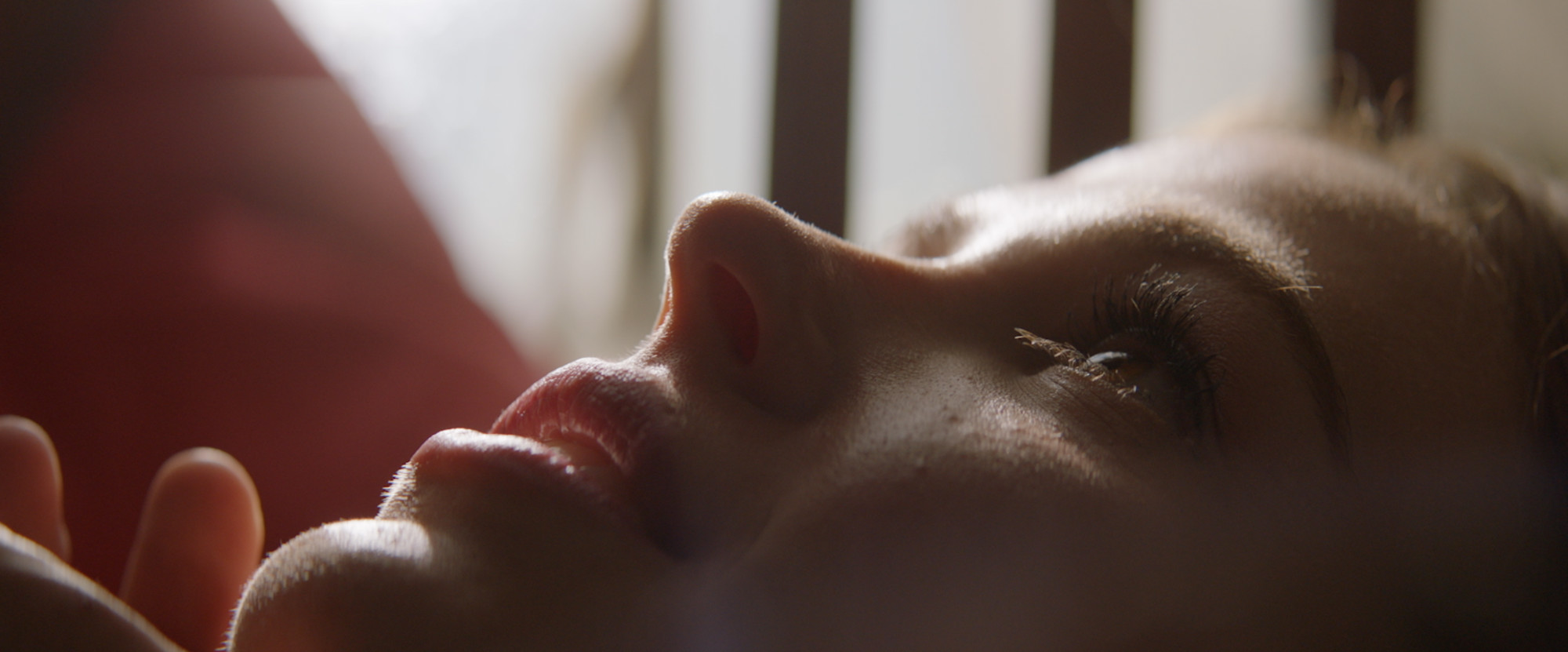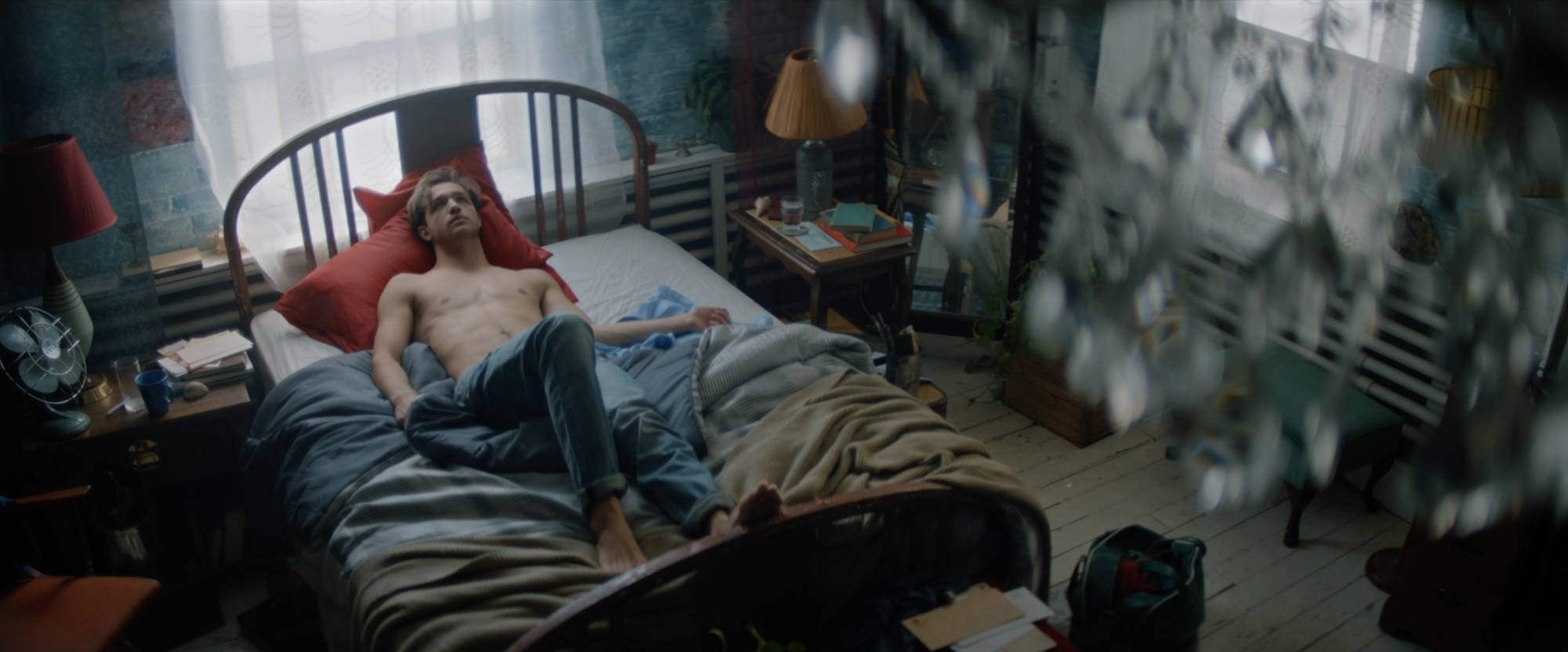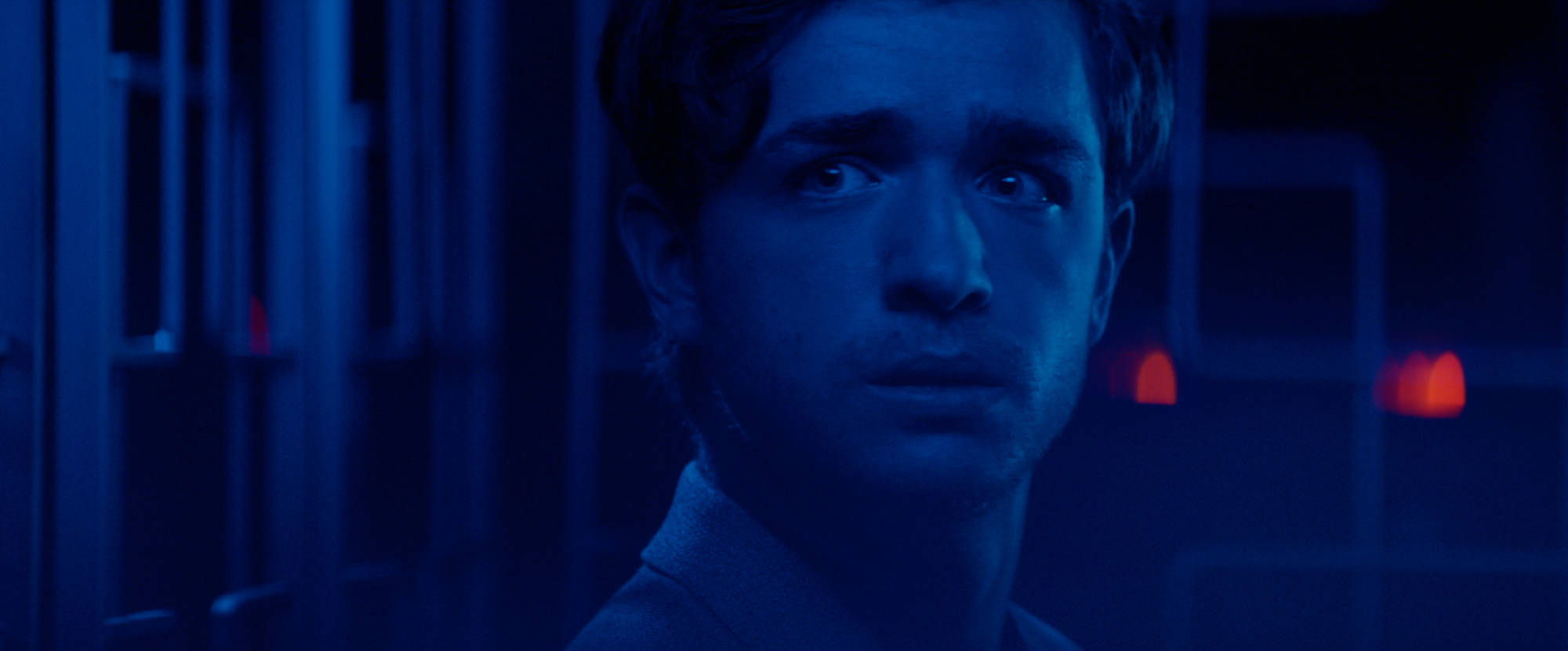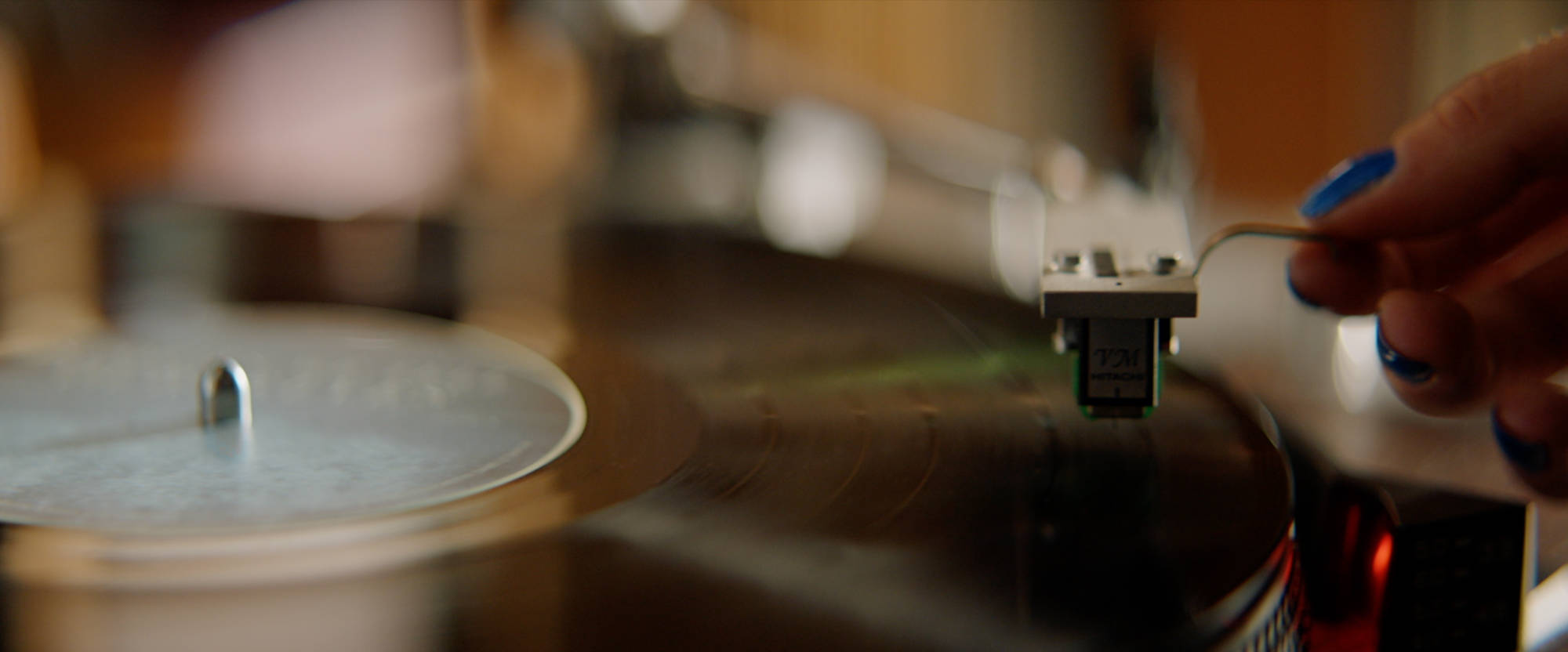
Over the past month we’ve been enjoying the fleeting intrigue of Andrew De Zen’s collaboration with Alaskan Tapes, but pre-dating this in progress trilogy, were We Aren’t Strangers and The Wall, two films which comprised the first and second parts of Andrew’s Of Walls & Mountains trilogy of visual shorts. Well, at long last Stories We Tell Ourselves, the third and final film in the series, makes its way online. Clearly the most personal and ambitious of the three, I spoke to Andrew about the film’s development challenges, the allure of thematically connected shorts and his new path forward as a filmmaker.
We’ve been waiting for quite some time for this third part in the Of Walls & Mountains series, what’s been the holdup?
It just came down to a long pause in early development to try and find the right producers on this one. A simple thing really. My original producer who was attached had made a permanent move to Amsterdam and then things came to a halt when I had to find the right producers that I could trust. Was happy to have Karl and AJ come aboard for this one as I specifically wanted a capable team to carry this through production so I could step away from that side of things a bit. From the outset I knew I wanted to treat this film very differently than anything I have done previously so having the right fit was very important to have more space to breathe.
Were the foundations for the emotional turmoil depicted here derived from a place of personal origin as with the previous two films in the trilogy?
This is the most personal thing I’ve ever made. So without a doubt yes. Whereas the other two films were looser with their personal connections Stories is much more literal. It’s made to be quite abstract because for me it dives into such strong and relevant emotions I had at the time I wrote it and those feelings were so hard to make sense of, but the others didn’t draw on my own self as much.
These short films helped remind me of something I had lost.

This is a film you pushed through the gauntlet of various government funding schemes. Aside from funding, do you feel submitting your ideas to people outside of the project brought anything to the film and how it ultimately turned out?
I submitted to a few, and I’ll admit I’m not patient when it comes to the projects I want to do. So that was another reason why I couldn’t start production immediately. For this film no it was a pretty hard sell, and I knew what I was getting myself into but in my head it was worth a shot. But the grant funding model here is a whole other conversation haha. Honestly, it didn’t change anything. From the beginning I knew what I wanted and none of that changed until you know – actual collaboration between my awesome crew started. When someone comes to you with a better idea you just embrace it.
Stories We Tell Ourselves is permeated with a rich colour scheme from its lighting to its production design. Could you tell us about your narrative intentions for your key colours and how these informed the film’s cinematography?
I wanted to celebrate and embrace colour. The biggest theme I had early on for myself when starting this film was knowing I wanted to design a film. To actually design something from the starting point. Through art and production design specifically. The film is intentionally off beat and fractured because of this idea that what it’s exploring is memories and the feelings of a character who can’t reconcile his emotions. Knowing that I wanted to take that and go all the way with it.




I wanted to celebrate and embrace colour.
Colour has specific meaning associated to ideas and characters themselves. Take the colour blue, it’s assigned to the girl we see, so much so that we made the bedroom feel like a surrealist painting with its key colour as blue. He gets blue residue on his finger, we see her wearing blue at one point, and at the end, the frame is flooded blue on his face. All this is to say – he can’t get her out of his head. Even the music is very specific and of all three this is the only film actually scripted. Whereas the others used loose beat sheets, this is a direct translation from the script.
Kristopher Bonnell, the DP on this – a great friend of mine who also shot part 1 – had spent a lot of time with me creating a visual bible. Sticking to something more stylistic that lends itself to memories and seeing from a more emotional perspective from this character. From lighting to colour and even how we implemented scarce handheld, everything is very deliberate. But it was really about coming back to this idea of design – going so far as to design a vinyl record and using that for our title card.

You’ve recently been on our pages with a much different series of films, also delivered in three distinct parts. What is it that attracts you to creating these interconnected yet independent films?
Maybe it’s this intense need for wanting to get my hands onto long format material. That’s the one goal in my head. Everything else is just peripheral almost. All of these projects, and I pour all of myself into each thing I do, is just a form of experimentation so that when I do longer format narrative I can have a confident grasp on whatever it is I’m tackling. Even if it’s as simple as experimenting with wider compositions, or filling a frame visually and making it as dense as you can. I think what a series allows me to do is to target one thing like a subject, emotion, or theme and explore different parts of that with each piece. Maybe it’s how my brain works… I just enjoy it.
When you joined us at the midpoint of this series you mentioned making a concerted shift towards wholly narrative work, is that still your intention despite the lyrical nature of the Alaskan Tapes films?
These short films helped remind me of something I had lost. Understanding why you do what you do and knowing yourself well enough to achieve it. I’m still going to happily make commercials and music videos and with the Alaskan Tapes films that’s just what I believed the music needed. Listening to the album for the first time I felt the songs were so ambient the natural transition between song to song blurred so the idea for a series came to my mind naturally from listening.
Regarding my own stories and content, that’s totally different. I think I made these short films also as an attempt to better understand myself and explore different techniques. But after Stories We Tell Ourselves it’s a sharp turn for me and there are a few narrative shorts I am now already moving forward on, the next short film Gone Days has already gone through the grant systems with much better success and I also have plans for some animated content while I lay out the foundations now for features.


